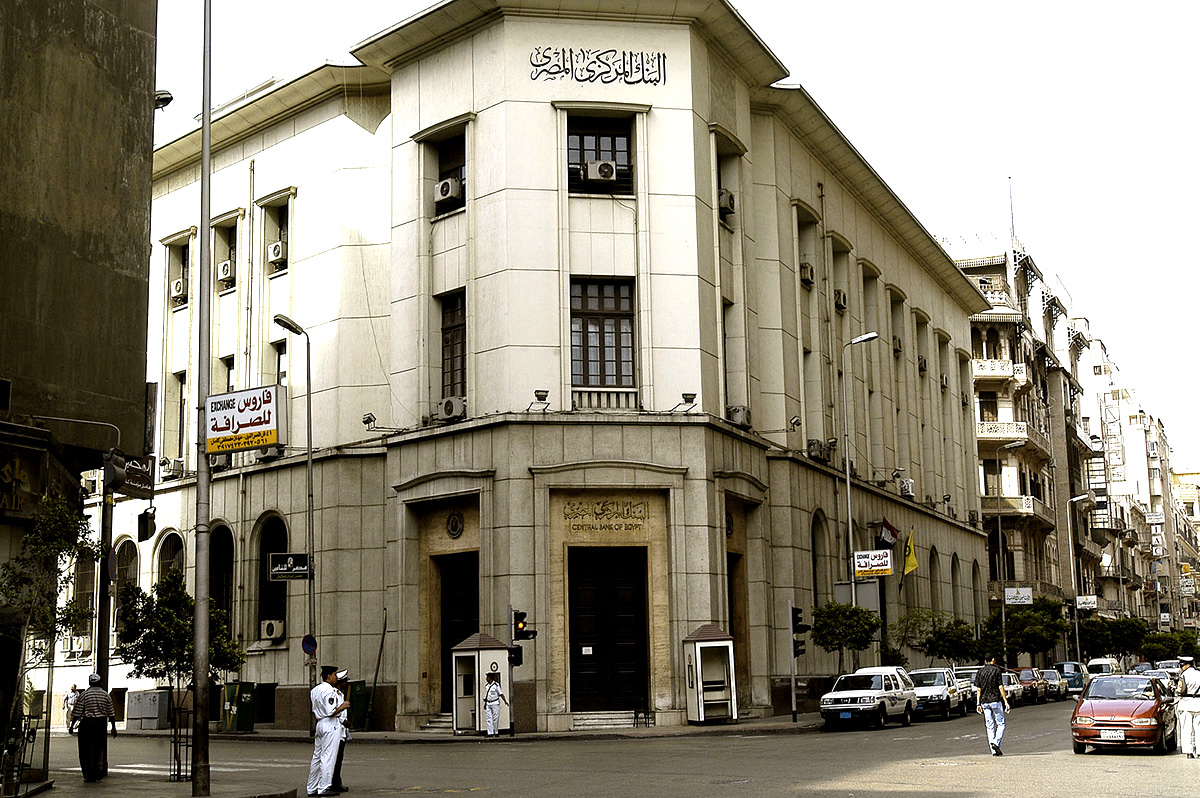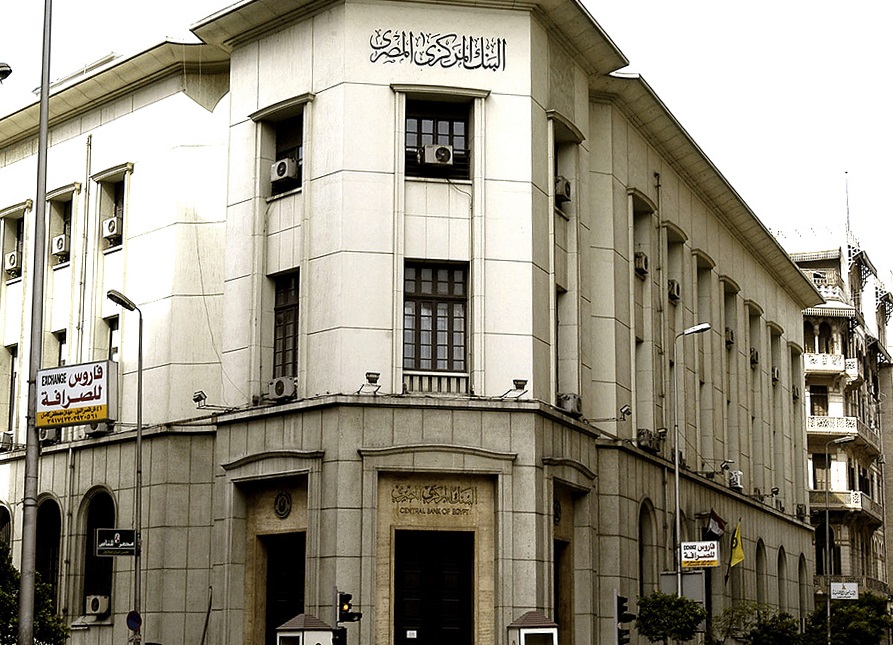
The Central Bank of Egypt (CBE) announced on 20 January that remittances coming from Egyptians working abroad from the first ten months of 2021 saw a steady increase, reaching USD 26.4 billion. A growth of USD 1.9 billion, or 7.8 percent in comparison to the same period in 2020.
However, the Deputy Governor of the Central Bank of Egypt, Adel Abdel-Azim, stated that the bank’s preliminary data has revealed a 1.7 percent decline in remittances from Egyptians abroad for the month of October 2021 reaching USD 2.3 billion.
Workers’ remittances play a significant role in contributing to revitalised economic growth in Egypt, but also form an important source of hard currency.
According to the World Bank, personal remittances have contributed to around eight percent of Egypt’s gross domestic product (GDP) in 2020. These significant numbers, along with the Suez Canal and tourism revenues, have formed the main sources of foreign currency received in the country.
Currently, Egypt is considered one of the largest recipients of remittances from abroad. Mohamed Abdel-Aal, a Senior Banking Expert, attests to the fact in an article published by Egypt Independent on Saturday. He attributes this rise in remittances to renewed economic stability and a rise in domestic inflation rates.
Abdel-Aal believes that stable and productive economic growth will prompt further increases in remittances over the coming fiscal year.
Evidently, these upward trends will continue to improve domestic economic conditions, through enhancing consumption, saving and sectoral investments but also serve as a vital indicator for growth, stability and viability.







Comments (5)
[…] remittances rose month-on-month (M-O-M) in November 2021 by 8.7 percent compared to October, added Abdel […]
[…] remittances rose month-on-month (M-O-M) in November 2021 by 8.7 percent compared to October, added Abdel […]